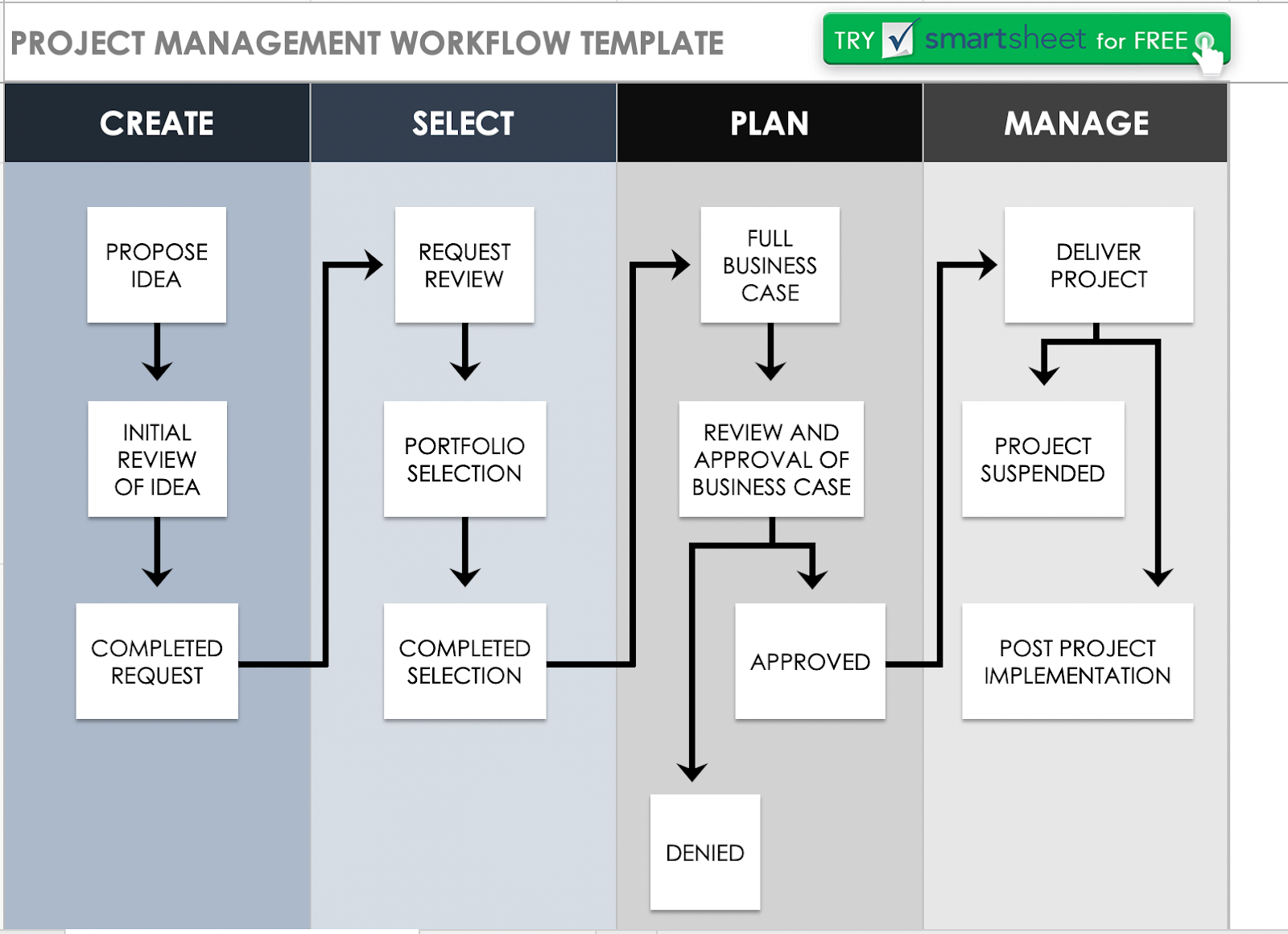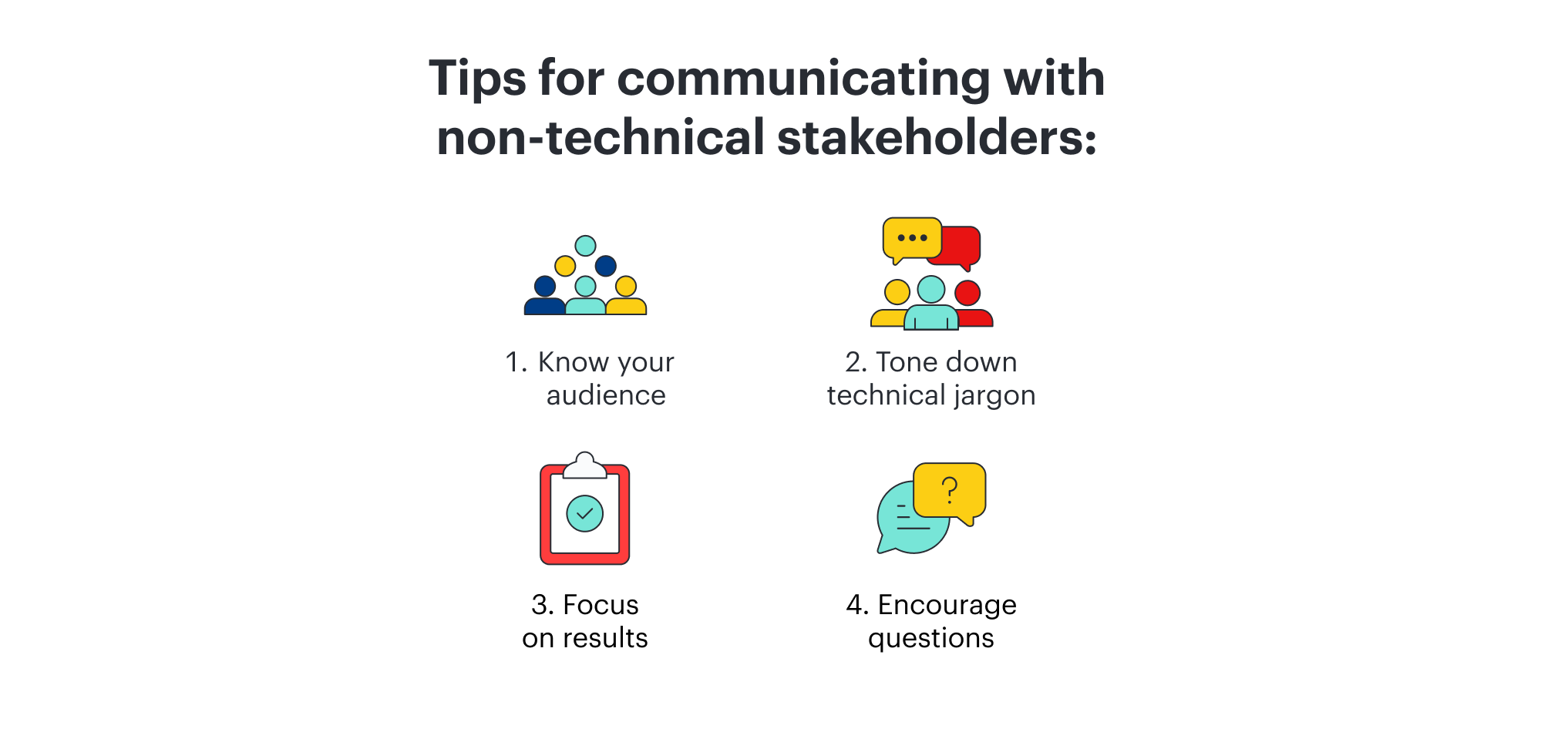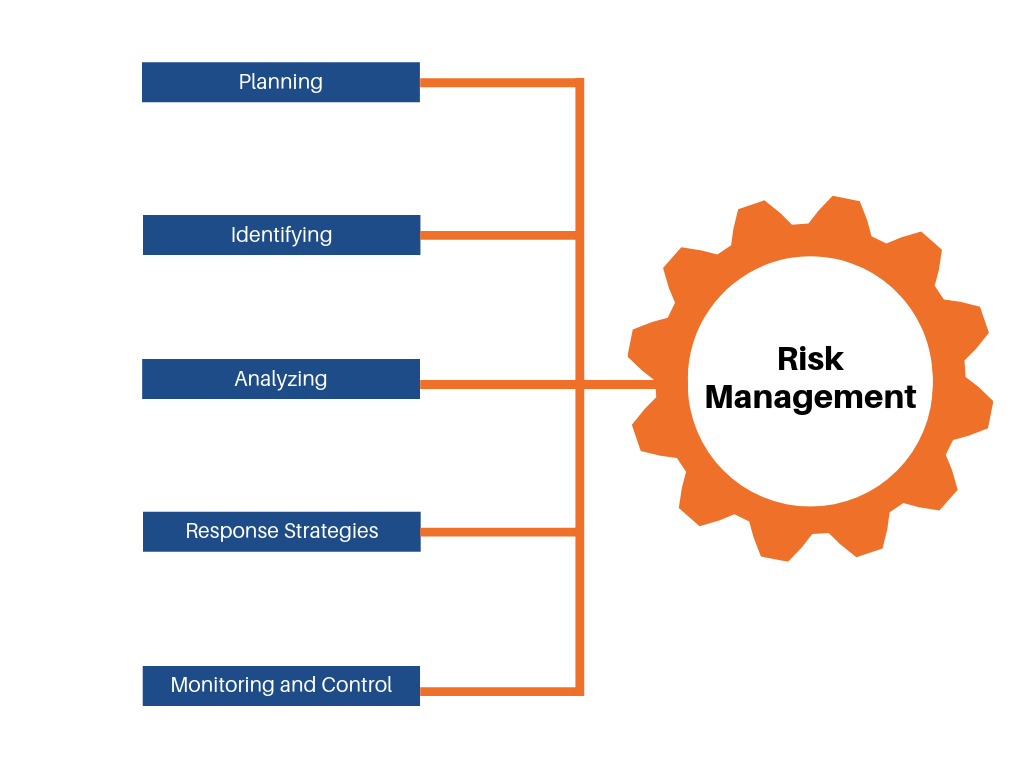How to Leverage Software Tools for More Efficient Engineering Workflows:
In today’s digital age, software tools have become an essential part of engineering workflows. They can help automate tedious tasks, streamline workflows, and improve collaboration between team members. In this blog post, we will explore some key steps that can help you leverage software tools for more efficient engineering workflows.
Step 1: Identify Your Workflow Pain Points
The first step in leveraging software tools for more efficient engineering workflows is to identify your workflow pain points. This can involve analyzing your current workflow and identifying areas that are time-consuming or prone to errors. By identifying your pain points, you can determine which software tools can help you address them.
Step 2: Research Software Tools
Once you’ve identified your workflow pain points, the next step is to research software tools that can help you address them. There are many software tools available for engineering workflows, such as CAD software, simulation tools, and project management software. It’s essential to research and evaluate different options to find the ones that best fit your needs.
Step 3: Test and Implement Software Tools
After researching software tools, the next step is to test and implement them. It’s essential to test the software tools thoroughly to ensure they work as expected and integrate well with your current workflows. Once you’ve tested the software tools, you can implement them into your workflows and train your team members on how to use them effectively.
Step 4: Monitor and Evaluate Workflow Efficiency
After implementing software tools, it’s important to monitor and evaluate their impact on workflow efficiency. This can involve tracking metrics such as time saved, error reduction, and improved collaboration. By monitoring and evaluating workflow efficiency, you can identify areas for further improvement and continuously optimize your workflows.





